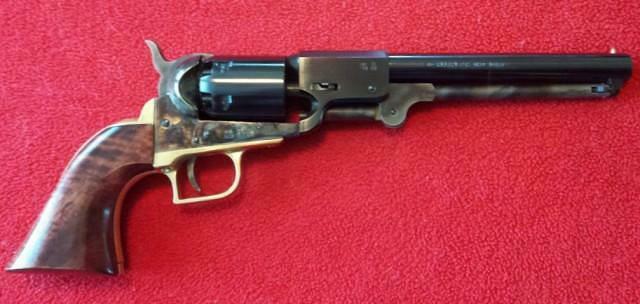bigdaddy0442
32 Cal
- Joined
- Aug 18, 2019
- Messages
- 11
- Reaction score
- 8
Curious as to how long it would take for the brass frame of a 1861 Navy 36 cal. pistol to stretch under normal use with recreational loads? I am seriously considering purchasing one but didn't know if the extra $60 for the steel frame is worth it.
Thanks in advance for your comments.
Bigdaddy0442
Thanks in advance for your comments.
Bigdaddy0442





